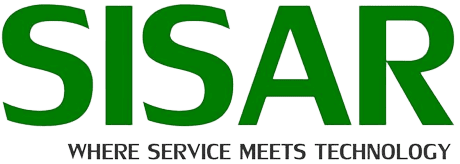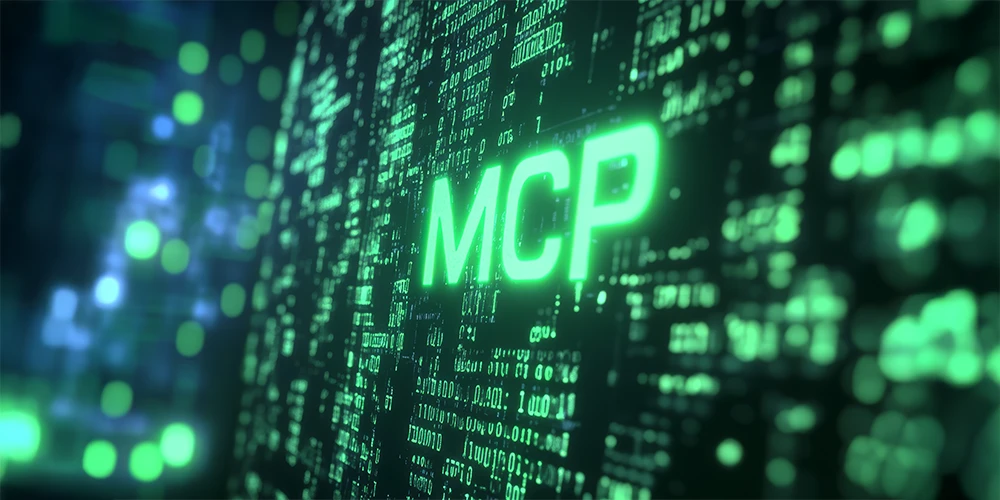As AI systems become more sophisticated and embedded into enterprise environments, secure integration between models and external tools is vital. Model Context Protocol (MCP) has emerged as a promising standard for enabling this integration—but like any powerful framework, it introduces new security challenges.
This article explores the architecture of MCP, the primary security risks associated with its implementation, and practical controls that security and engineering teams can apply to mitigate these risks. Whether you’re building agentic AI systems or experimenting with LLM-enhanced workflows, a proactive approach to MCP security is essential.
Decoding the Model Context Protocol (MCP)
MCP is an open specification designed to standardize how Large Language Models (LLMs) interact with tools, APIs, and data sources. Rather than building one-off connectors or custom APIs, MCP offers a structured, reusable framework for connecting AI models to external systems.
Core Features of MCP:
- A consistent API for passing context between LLMs and applications
- Structured methods for calling tools and retrieving data
- A protocol for formatting and executing AI requests
By abstracting the integration layer, MCP allows teams to focus on business logic while maintaining flexibility to switch LLM providers or tools.
Why MCP Matters for Agentic AI
As AI systems evolve beyond simple question-answering into autonomous agents capable of complex workflows, Model Context Protocol is emerging as a critical enabler. Agentic AI models rely on seamless, secure access to external tools, databases, and APIs to execute multi-step tasks. MCP provides a standardized, scalable framework to orchestrate this integration.
For example, imagine an AI research assistant that queries scientific databases, schedules meetings, and drafts reports—all through connected services. Without a secure protocol like MCP, each integration becomes a fragile, bespoke connection vulnerable to misconfigurations and security gaps. By adopting MCP, organizations ensure that agentic AI systems have reliable, auditable, and secure access to their toolchains—an essential foundation for building trustworthy AI-driven automation.
Core Elements of MCP Architecture
MCP follows a client-server architecture that facilitates seamless communication between AI systems and external resources.
- MCP Host: The LLM (e.g., Azure OpenAI GPT) requesting actions or data
- MCP Client: Middleware that forwards the model’s requests to the relevant servers
- MCP Server: Exposes access to capabilities such as APIs, databases, or files
- Data Sources: Backend systems or APIs the MCP server communicates with
This modular structure supports interoperability but introduces multiple trust boundaries, making security architecture a critical concern.

Security Challenges in MCP Implementations
The flexibility and extensibility of MCP mean that new security risks can emerge if standard controls are not applied. Many of these issues stem from how permissions are managed, how requests are authenticated, and how prompt content is interpreted by the AI.
1. Insecure MCP Server Authentication
Challenges with Early MCP Authentication
Earlier MCP specifications required developers to implement their own OAuth 2.0 Authorization Servers, resulting in inconsistent and sometimes insecure authentication methods. The lack of centralized identity providers like Microsoft Entra ID often caused misconfigurations in token validation.
Security Threats from Weak Authentication
This led to serious risks including OAuth token theft that could allow attackers to impersonate MCP servers, broken access controls exposing sensitive data, and insecure storage of tokens vulnerable to compromise.
Strategies to Strengthen Authentication Security
To address these issues, adopting the updated MCP specification that supports delegated authentication is crucial. Integrating with centralized identity providers such as Microsoft Entra ID, following token storage best practices like encryption and renewal, and rigorously validating authorization logic with tools like Azure API Management significantly improve security.
2. Excessive Permissions Granted to MCP Servers
Overprivileged Servers
MCP servers are often granted broad access to backend systems to maintain AI flexibility. However, this violates the principle of least privilege and can create high-impact attack paths.
Potential Fallout
- Data exfiltration from unrelated systems
- Unauthorized modifications to sensitive resources
- Exposure of personally identifiable information (PII)
Risk Reduction Strategies
- Define scoped permissions per use case or endpoint
- Use role-based access controls (RBAC) or attribute-based access controls (ABAC)
- Audit MCP server access patterns and restrict unnecessary capabilities
3. Indirect Prompt Injection & Tool Poisoning
What Is an Indirect Prompt Injection Attack?
Indirect prompt injection (also called cross-domain prompt injection) occurs when malicious instructions are embedded in external content—like tool descriptions or metadata. When processed, the AI interprets these hidden prompts as valid commands, leading to unintended outcomes.
Tool Poisoning in MCP
Tool poisoning is a subtype where the metadata of MCP tools (like descriptions) are manipulated. Because LLMs rely on this metadata to decide which tools to invoke, poisoned descriptions can lead to unauthorized actions.
Threat Exposure
- Silent data exfiltration
- Model manipulation without user visibility
- Execution of unapproved tool actions (especially in dynamic tool registration scenarios)
Protective Actions
- Use AI Prompt Shields to sanitize inputs and tool metadata
- Implement Metadata Validation during tool registration and periodically review tool descriptions
- Secure the MCP supply chain to prevent tampering with tools or server logic
AI Prompt Shields in Action
Prompt Shields are an emerging defense layer specifically designed to detect and block
prompt-based attacks.
Core Capabilities of Prompt Shields:
- Detection & Filtering: Uses NLP and ML to detect malicious inputs
- Spotlighting: Highlights untrusted inputs to reduce model misinterpretation
- Delimiters & Datamarking: Explicitly defines input boundaries to the model
- Continuous Updates: Evolving to match emerging threats
Securing the Supply Chain in MCP Workflows
In the context of MCP, your supply chain includes:
- External MCP servers and tools
- Foundational LLM models
- Context providers and APIs
- Infrastructure-as-code and CI/CD pipelines
Mitigation Strategies:
- Verify tool sources and enforce code provenance
- Use GitHub Advanced Security for scanning secrets and dependencies
- Adopt Software Bills of Materials (SBOMs) for tool components
- Perform regular penetration testing and threat modeling of AI agents
MCP Implementation: Shared Responsibility
Securing MCP is a collaborative effort between developers, security architects, and operations teams. Developers are primarily responsible for implementing secure client-server communication, properly handling tokens, and sanitizing inputs to prevent prompt injection attacks. Meanwhile, security teams focus on defining access policies, monitoring infrastructure health, and conducting threat modeling.
A DevSecOps approach is highly recommended, where security reviews are integrated into the MCP service development lifecycle, and engineers should receive training on common pitfalls such as excessive permission grants or insecure token storage. Regular cross-team threat modeling sessions can also help uncover hidden risks in complex MCP workflows, ensuring accountability and shared ownership over MCP security posture.
Strengthening AI Security with Core Best Practices
While MCP-specific controls are essential, they must be built upon a solid foundation of general security best practices. Strong baseline security hygiene is essential to preventing breaches, as emphasized in the Microsoft Digital Defense Report.
Recommended Practices:
- Apply secure coding principles (OWASP Top 10, secure secret handling)
- Harden MCP server infrastructure (MFA, patching, logging)
- Ensure end-to-end encryption between MCP components
- Implement centralized logging and monitoring (e.g., via Azure Sentinel or another SIEM)
- Use Zero Trust principles to limit lateral movement in case of compromise
The Imperative of MCP Security
“As AI becomes more autonomous, every integration layer turns into a potential threat vector. Securing the Model Context Protocol isn’t optional—it’s the new perimeter. Organizations that prioritize MCP as a key security boundary can harness AI’s power without risking their critical systems.”
There is an urgent need to prioritize MCP security as AI systems expand their capabilities. Treating the protocol not just as a technical convenience but as a critical security surface helps organizations build resilient, trustworthy AI ecosystems.
Securing MCP for the Future
Model Context Protocol is a powerful enabler for building advanced AI systems—but its integration capabilities come with security tradeoffs. Organizations implementing MCP should proactively assess their attack surface, enforce granular access controls, and adopt both AI-specific and foundational security practices.
As the MCP specification evolves, many current risks may be mitigated at the protocol level. In the meantime, it remains essential for developers, security architects, and AI practitioners to work together, ensuring responsible adoption and safeguarding the future of AI innovation.
Partner with SISAR for Secure MCP Integration
As organizations adopt Model Context Protocol to enable advanced AI capabilities, addressing security challenges early is essential for long-term success. If you’re looking for expert support to understand and mitigate MCP risks or to strengthen your AI integration security, SISAR can provide tailored guidance and practical solutions.
Collaborating with a trusted partner can help you build resilient, secure AI workflows that protect your critical systems while enabling innovation.







